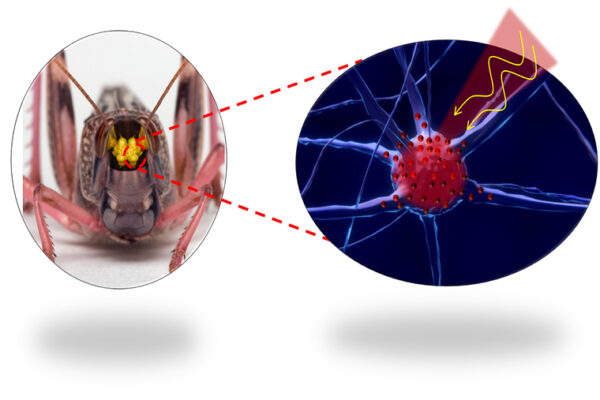Electrification of the transportation sector — one of the largest consumers of energy in the world — is critical to future energy and environmental resilience. Electrification of this sector will require high-power fuel cells (either stand alone or in conjunction with batteries) to facilitate the transition to electric vehicles, from cars and trucks to boats and airplanes.
Liquid-fueled fuel cells are an attractive alternative to traditional hydrogen fuel cells because they eliminate the need to transport and store hydrogen. They can help to power unmanned underwater vehicles, drones and, eventually, electric aircraft — all at significantly lower cost. These fuel cells could also serve as range-extenders for current battery-powered electric vehicles, thus advancing their adoption.
Now, engineers at the McKelvey School of Engineering at Washington University in St. Louis have developed high-power direct borohydride fuel cells (DBFC) that operate at double the voltage of conventional hydrogen fuel cells. Their research was published June 17 in the journal Cell Reports Physical Science.
The research team, led by Vijay Ramani, the Roma B. and Raymond H. Wittcoff Distinguished University Professor, has pioneered a reactant: identifying an optimal range of flow rates, flow field architectures and residence times that enable high power operation. This approach addresses key challenges in DBFCs, namely proper fuel and oxidant distribution and the mitigation of parasitic reactions.
Importantly, the team has demonstrated a single-cell operating voltage of 1.4 or greater, double that obtained in conventional hydrogen fuel cells, with peak powers approaching 1 watt/cm2. Doubling the voltage would allow for a smaller, lighter, more efficient fuel cell design, which translates to significant gravimetric and volumetric advantages when assembling multiple cells into a stack for commercial use. Their approach is broadly applicable to other classes of liquid/liquid fuel cells.
“The reactant-transport engineering approach provides an elegant and facile way to significantly boost the performance of these fuel cells while still using existing components,” Ramani said. “By following our guidelines, even current, commercially deployed liquid fuel cells can see gains in performance.”
The key to improving any existing fuel cell technology is reducing or eliminating side reactions. The majority of efforts to achieve this goal involve developing new catalysts that face significant hurdles in terms of adoption and field deployment.
“Fuel cell manufacturers are typically reluctant to spend significant capital or effort to adopt a new material,” said Shrihari Sankarasubramanian, a senior staff research scientist on Ramani’s team. “But achieving the same or better improvement with their existing hardware and components is a game changer.”
“Hydrogen bubbles formed on the surface of the catalyst have long been a problem for direct sodium borohydride fuel cells, and it can be minimized by the rational design of the flow field,” said Zhongyang Wang, a former member of Ramani’s lab who earned his PhD from WashU in 2019 and is now at the Pritzker School of Molecular Engineering at the University of Chicago. “With the development of this reactant-transport approach, we are on the path to scale-up and deployment.”
Ramani added: “This promising technology has been developed with the continuous support of the Office of Naval Research, which I acknowledge with gratitude. We are at the stage of scaling up our cells into stacks for applications in both submersibles and drones.”
The technology and its underpinnings are the subject of patent filing and are available for licensing.



